Blainville’s Beaked Whale Facts
- Qualifying as a diminutive marvel among its kindred, this beautiful creature most frequently goes by the common name of the Blainville’s Beaked Whale. However, it also has an alternate general name. That’s the descriptive term of the dense-beaked whale.
- Scientific professionals, meanwhile, typically refer to the remarkable cetacean by its formal, technical name. That, though, is the somewhat hard to pronounce name of Mesoplodon densirostris. As such terms go, however, that’s actually fairly simple.
- It bears its most often used common name in honor of the French zoologist, Henri de Blainville. The highly respected researcher accomplished the first official recognition of the animal as a separate and distinct species. That noteworthy deed occured in 1817.
- It further holds a certain level of distinction among marine biologists. That’s because it appears to have the greatest range of distribution of any of the recognized members of its genus. That group currently consists of a total of 16 different, related species.
- For the moment, the Blainville’s Beaked Whale has a population base that seems to be both sizeable and stable. That also appears to hold true throughout the entirety of its range. The IUCN, therefore, presently lists it as Least Concern on its Red List.
- The wonder of Nature nevertheless does face some potential dangers, at least. Though now a protected species, it’s occasionally accidentally caught by commercial fishing practices. Its greatest threat, though, likely consists of climate change, like most species.
Related Articles
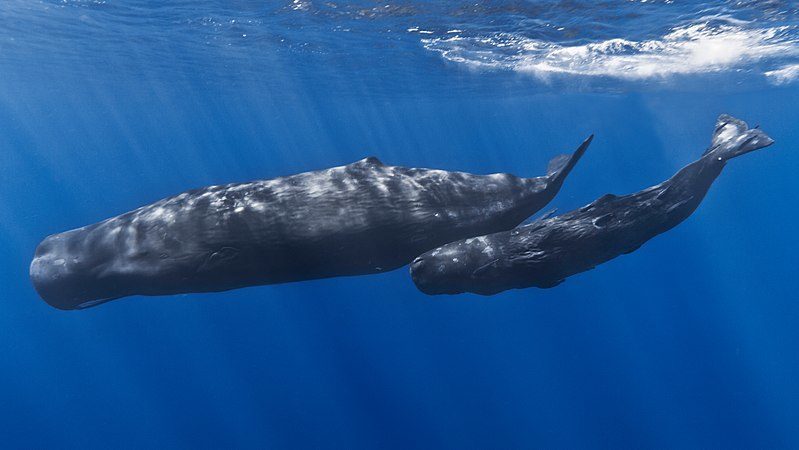

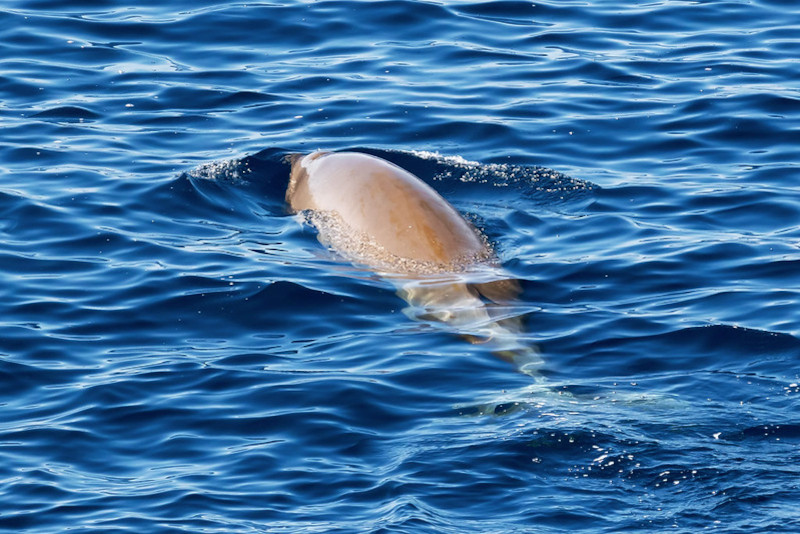
Blainville’s Beaked Whale Physical Description
It bears noting that the tantalizing Blainville’s Beaked Whale garners appreciation wholly regardless of its physical size. That’s due to the fact that, despite the appeal it holds for many, including reasearchers, it remains an extremely small variety of cetacean.
Much as many of its many relatives, though, the whale also displays a certain degree of the phsyiological characteristic of sexual dimorphism. Unlike some related creatures, however, in its particular case this gender-based difference remains extremely minor.
More precisely, this trait manifests itself in terms of sheer physical size. Males of the species attain an average body length measuring roughly 14.5 ft (4.4 m). Female specimens, though, grow slightly larger. That gender reaches an average length of about 15 ft (4.6 m).
Both genders, meanwhile, usually develop a relatively robust body shape, due to their mass to length ratio. In this the genders also display a difference. The shorter males average around 1,800 lb (816 kg). The marginally larger females, however, average 2,200 lb (998 kg).
Otherwise, the two sexes appear virtually identical. This pattern further mimics that of the majority of their related species. The melon, sitting atop the head, further displays a comparatively small, flat shape. Its beak-like rostrum also has a dense structure.
In coloring, the intriguing Blainville’s Beaked Whale displays an appealing pattern. This tends to be a dark, bluish-gray on the upper body in most specimens. This further fades to a lighter shade on the underside. The head, though, often appears brownish or light gray.
- Kingdom: Animalia
- Phylum: Chordata
- Class: Mammalia
- Order: Artiodactyla
- Family: Ziphiidae
- Genus: Mesoplodon
- Species: M. densirostris
Blainville’s Beaked Whale Distribution, Habitat, and Ecology
Fortunately for both it and us, the fascinating Blainville’s Beaked Whale holds one clear advantage over its brethren. That’s due to the sheer extent of its native territorial range. More precisely, it evolved as endemic to virtually all the oceans of the world.
Nonetheless, larger concentrations of the impressive animal consistently appear in at least three general locations, globally. These consist of the northeastern Bahamas, the Society Islands of the South Pacific, and the Waianae coast, in Hawaii, in the United States.
In all the regions it most frequently appears in, however, the whale displays decided preferences in its choice of habitat. This chiefly includes general water temperature. Due to that preference, it primarily inhabits the temperate to tropical marine waters of the globe.
This favoring of certain conditions further extends to the depth of the waters the species lives in. As a result, the great majority of individuals and groups appear at depths ranging from 656 – 3,281ft (200 – 1,000 m). It also likes local underwater geological features.
Also following the patterns typical of cetaceans, the Blainville’s Beaked Whale typically travels in small groups, called pods. In its case, these average 3 – 7 mature individuals. Unlike some others, though, these groupings do no appear to engage in seasonal migrations.
It also evolved as a carnivore, as other whales. It feeds via suction, drawing in large quantities of water, and its prey along with it. That prey consists of various small creatures, mainly including squid and fish. Its lifespan currently remains unknown to science.
Species Sharing Its Range
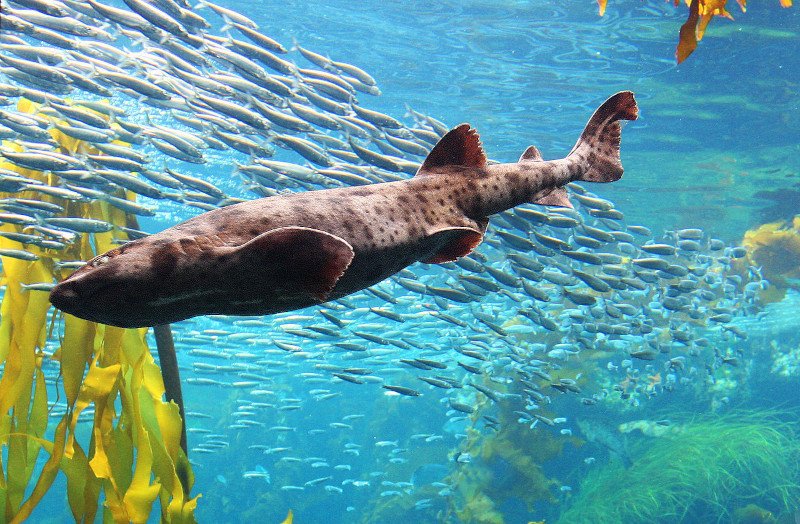
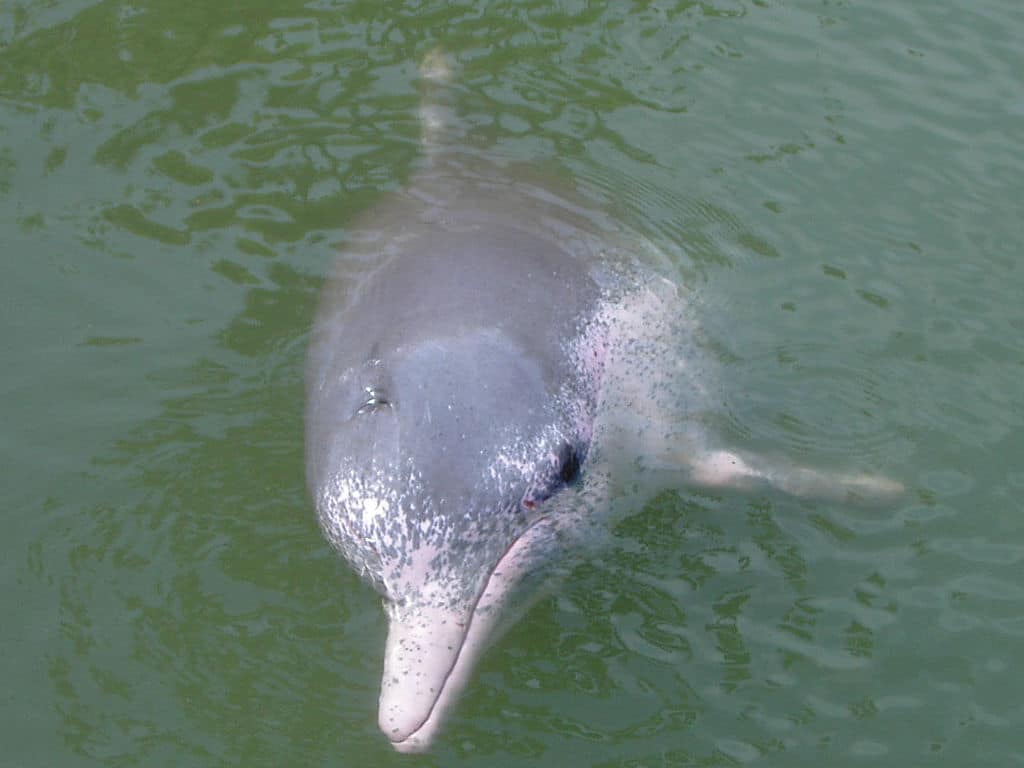
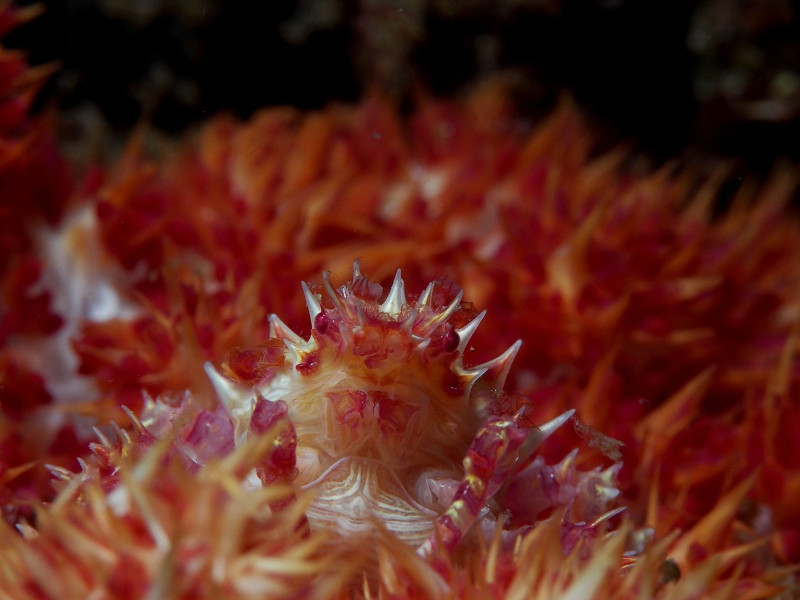
Check out our other articles on 4 Mesmerizing Mediterranean Insects, Mediterranean Mantis, Frying Pan Lake, Mistletoe, Golden Armadillo Lizard, Wilson’s Bird-of-paradise, Marbled Polecat
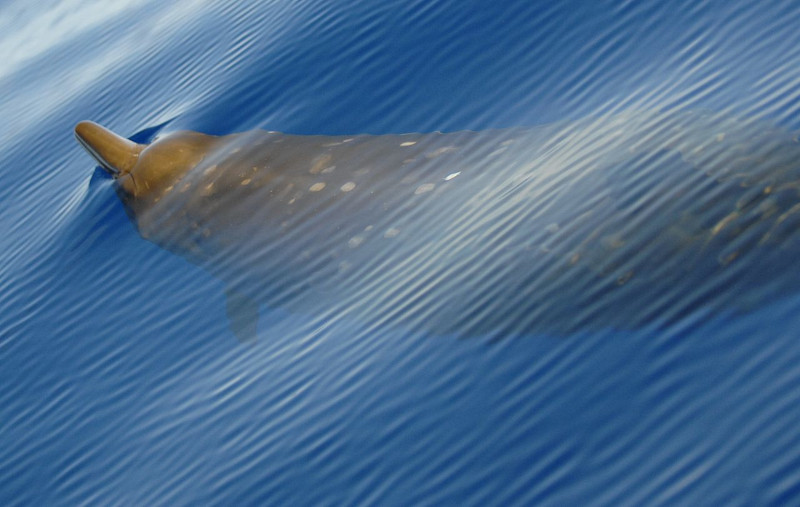
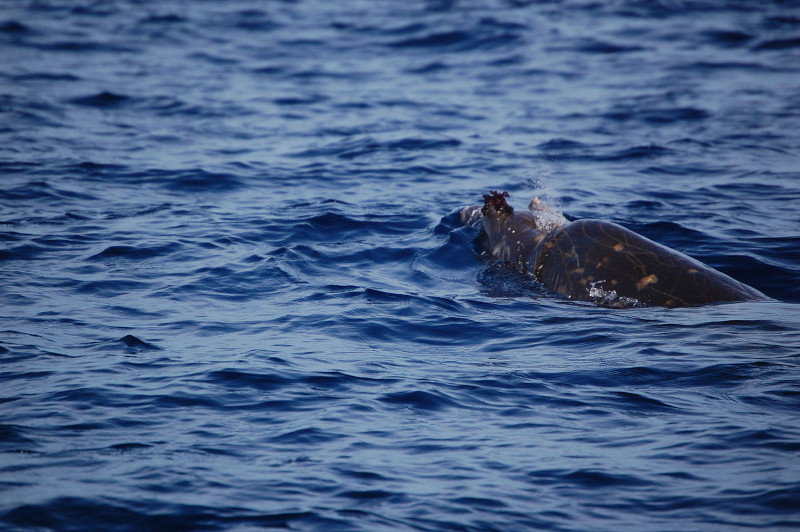
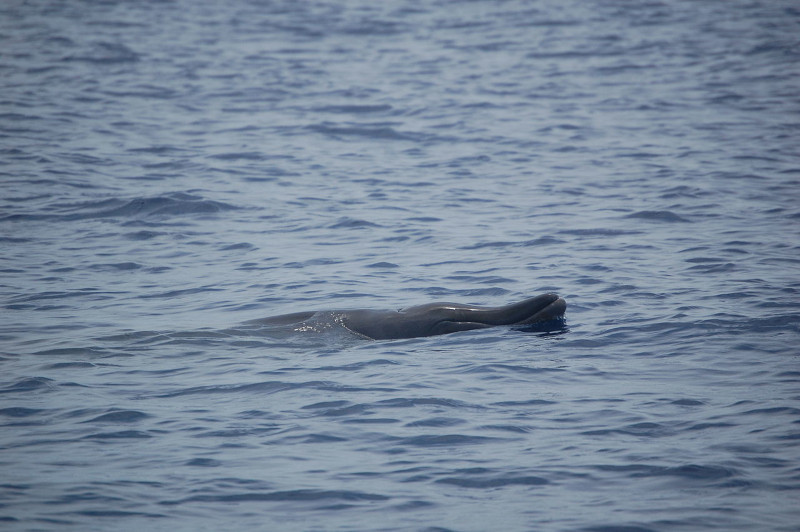









Leave a Reply